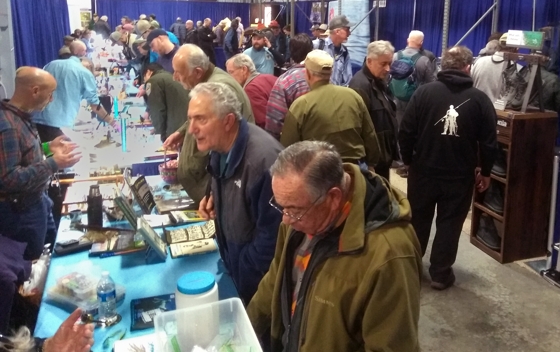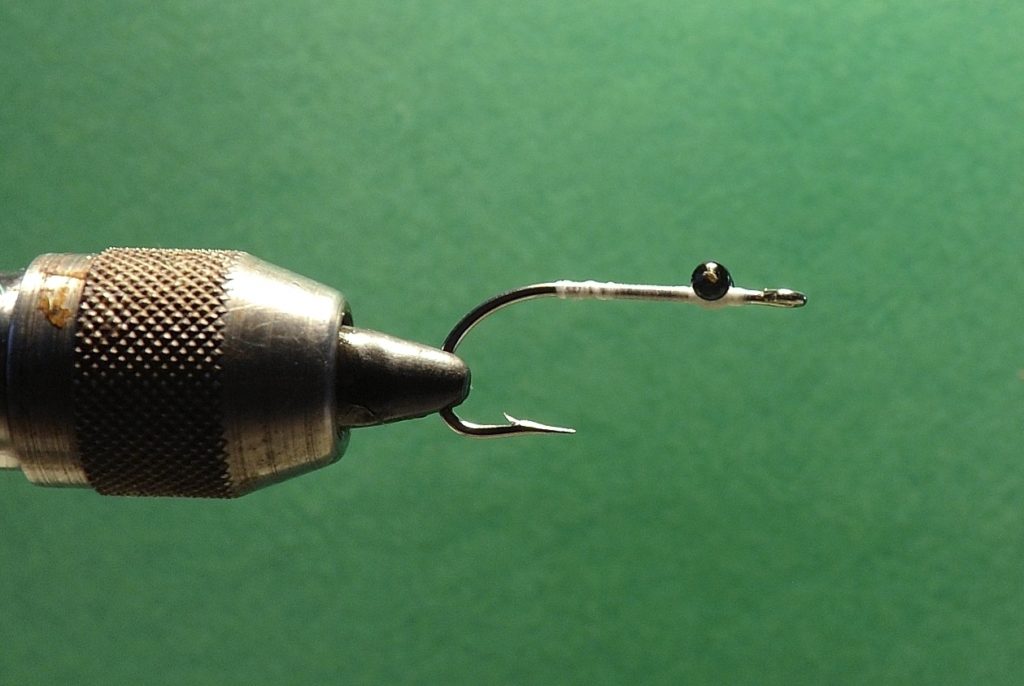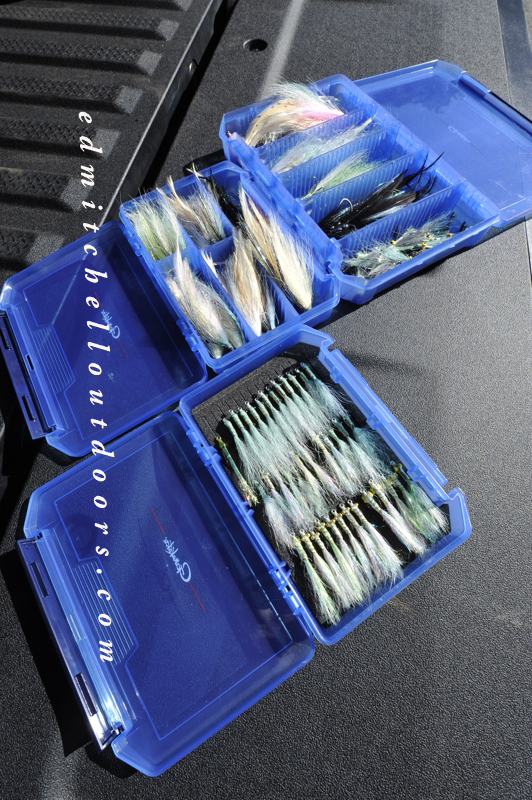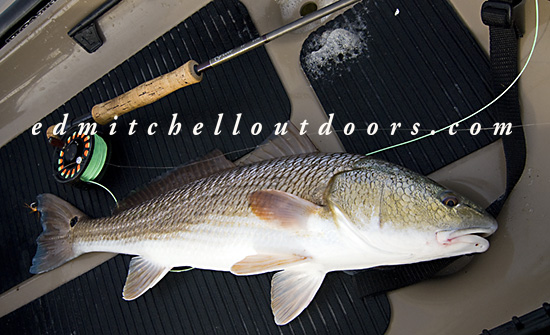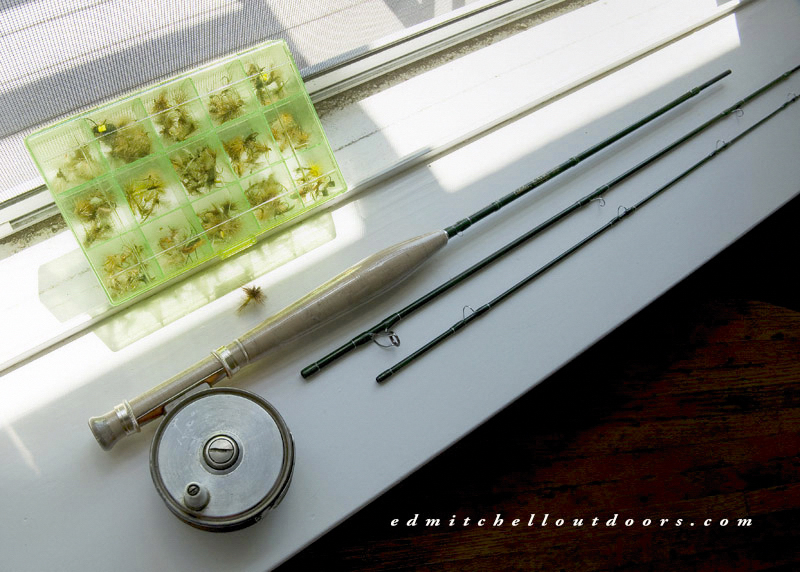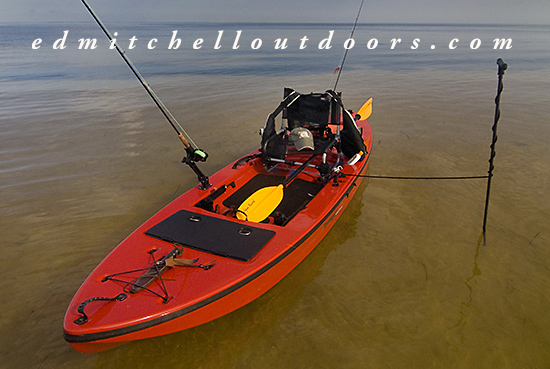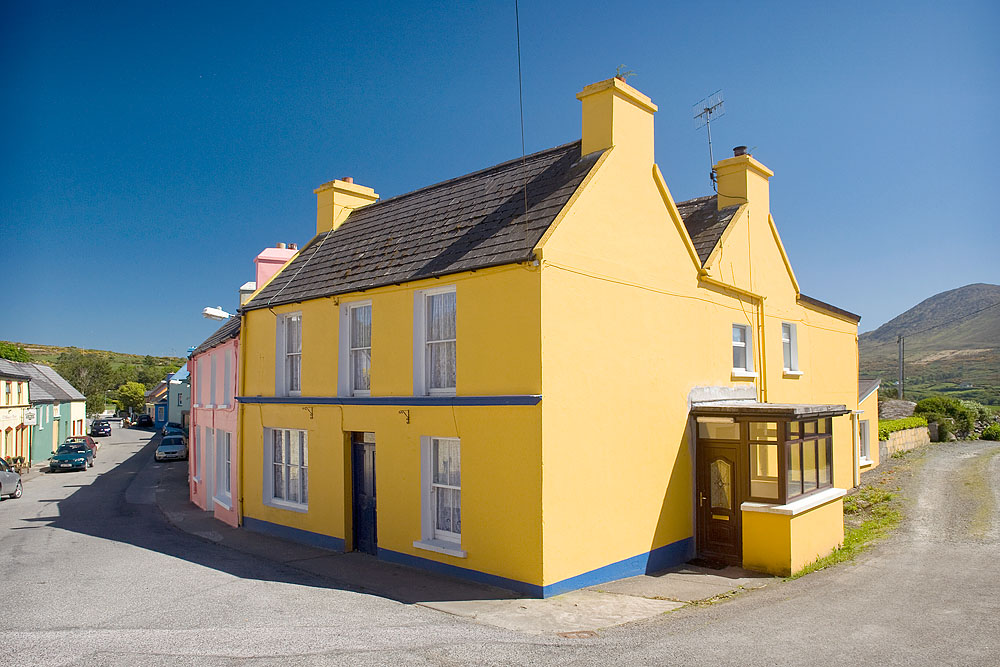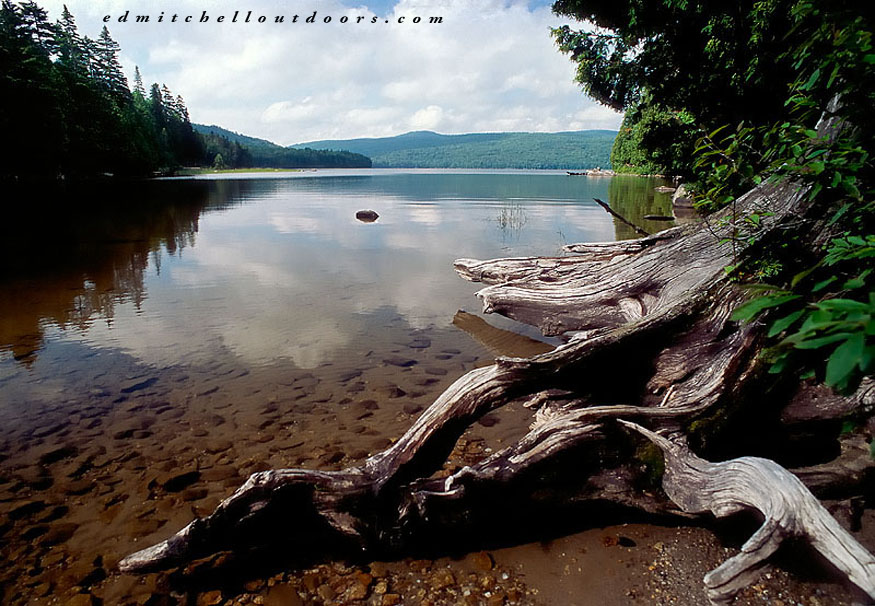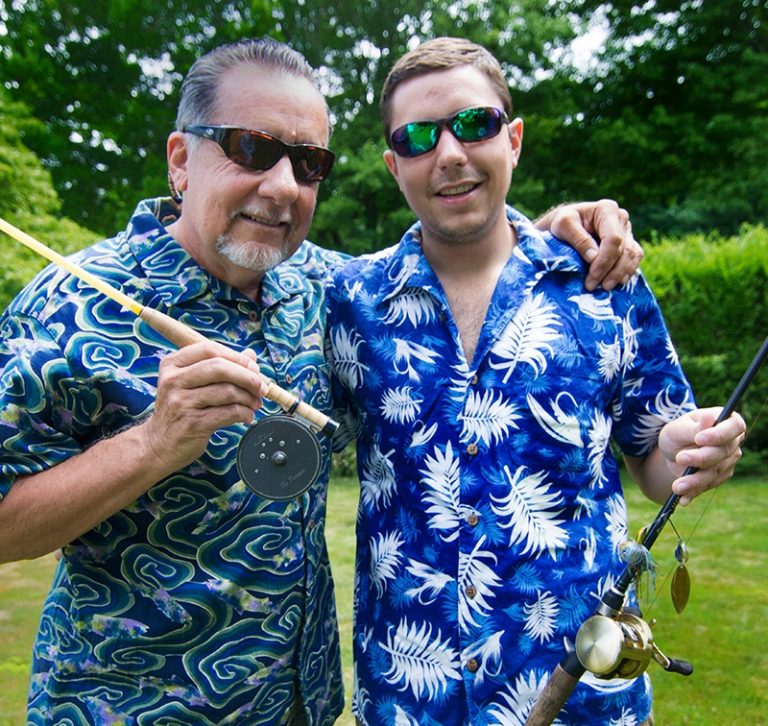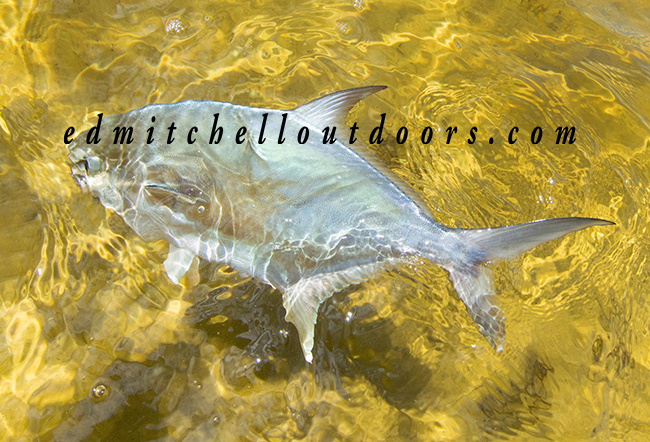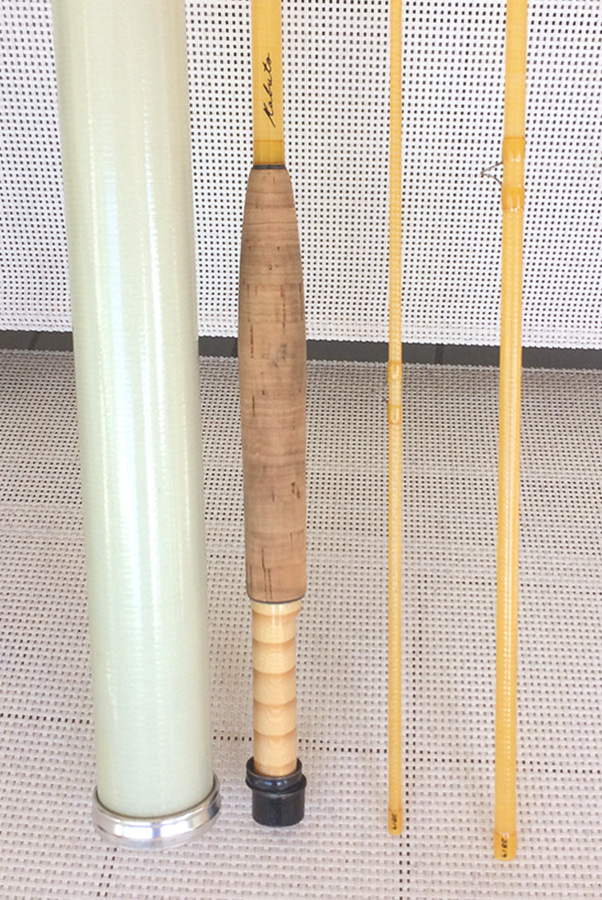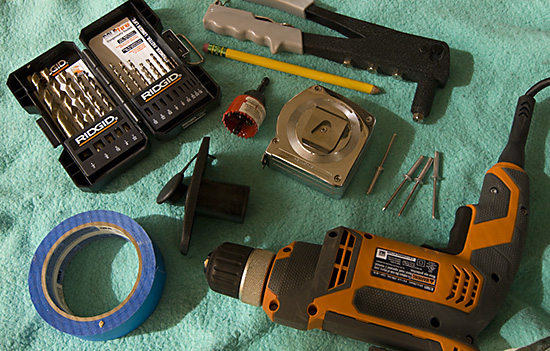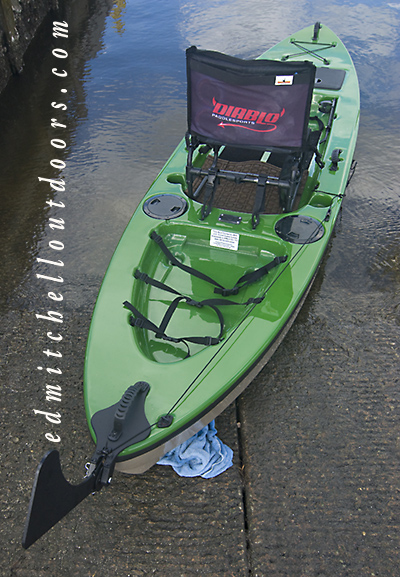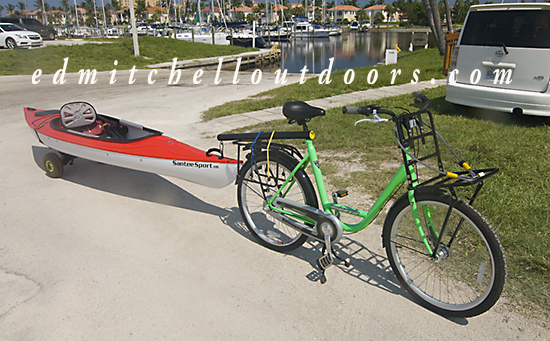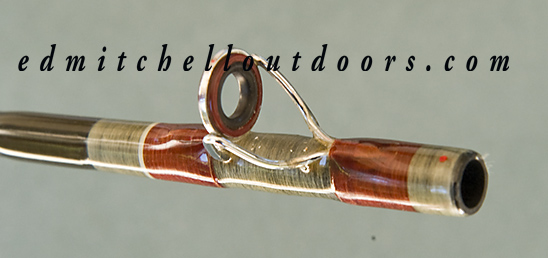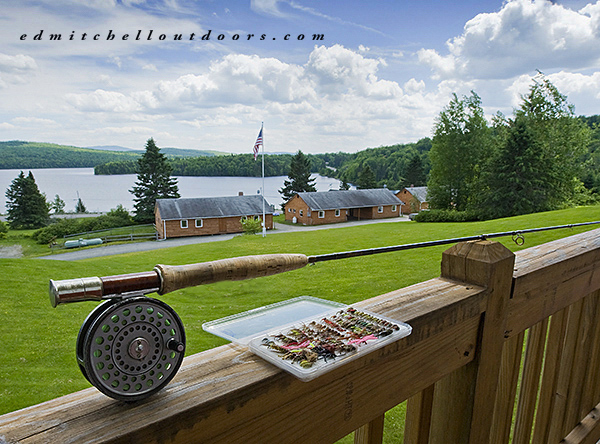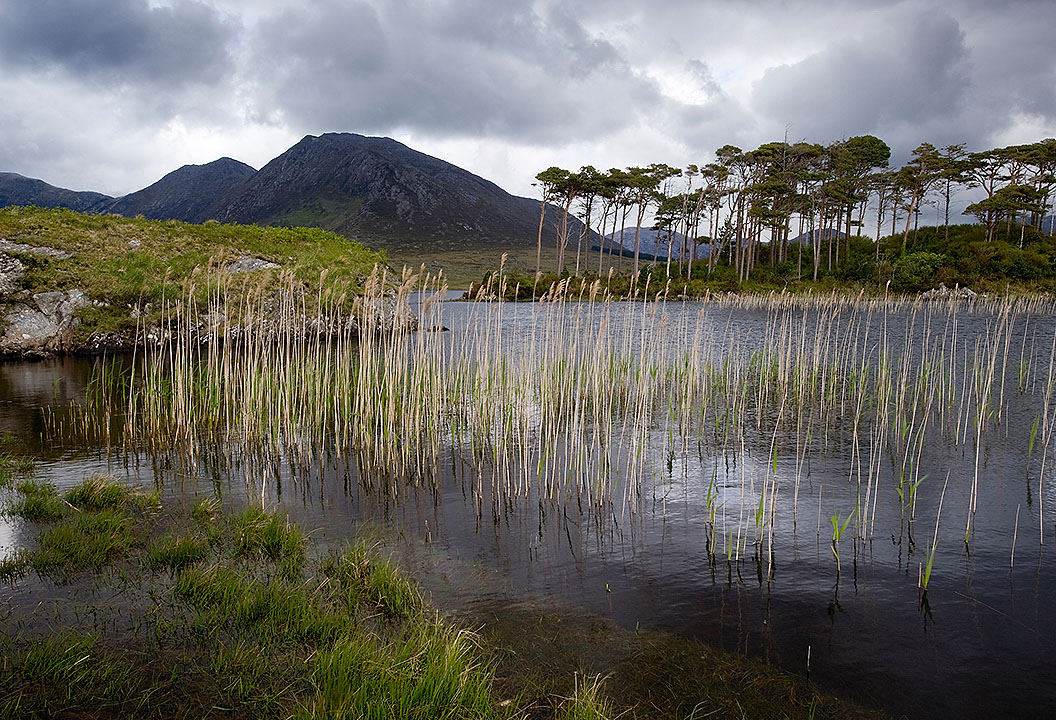Fly anglers are well accustomed to “Matching the Hatch”, or as I say in the salt “Matching the Marine”. And its typically a very good tactic. Works. We pick a fly that resembles the prevalent forage in size, shape and color and then retrieve it at the right speed. Bingo baby, bend in the rod. But when the forage is exceptionally thick, it’s time to change tactics.

In the above photo you see an extremely thick school of sand eels. This school extended out fifty feet from the water’s edge and ran down the beach for over a mile. Striped bass were having a field day gobbling them down. Yum, yum. Obviously the bass had zero incentive to chase a fast movingly fly. Your only hope was to slow down the retrieve to nearly a stand still. I mean it. Barely enough speed to keep the line taut. And even then you it was best to fish the fly on the outside edge of the sand eel school.

Bay anchovy are another forage bait that can school in thick groups. When they exit the Rhode Island salt ponds in the fall, the schools are so thick as to color the water reddish brown. Amazing. Here again a change in tactics is required. (I wrote at length about this back in a 1996 article entitled “The Anchovy Season”, for Saltwater Fly Fishing.) The trick is to cut off your 1″ anchovy fly and replace it with a something bigger. Much bigger.

Need a suggestion? I recommend a big 3/0 Deceiver. And here again you creep it slowly through the bait. Striped bass will suck it in. Why? Well perhaps they are just greed. Going for the larger meal like you and I picking the bigger slice of pie. Or they might see it as squid feeding on the anchovies, and decide to remove the competition. All I know is it works when nothing else will. But don’t expect the bass to hammer it. They will pick it up softly, so stay in touch.



